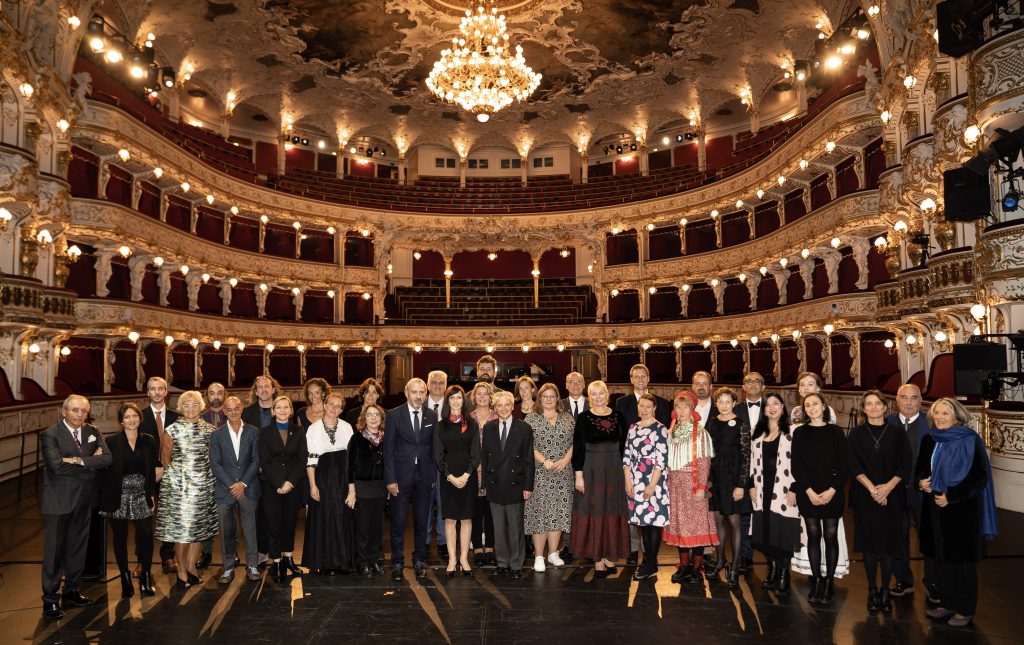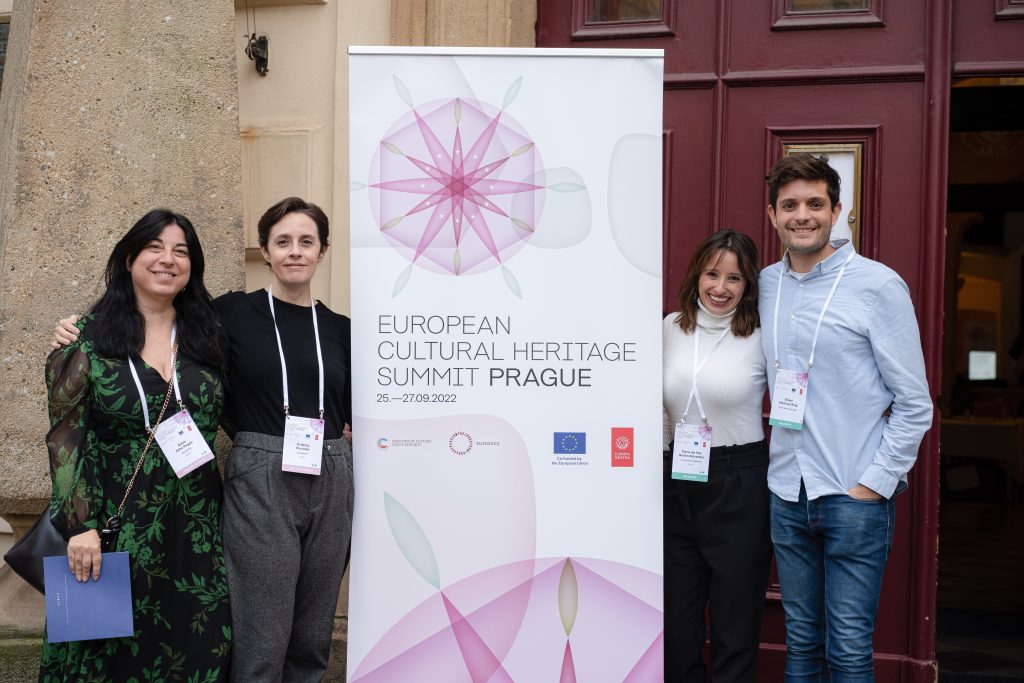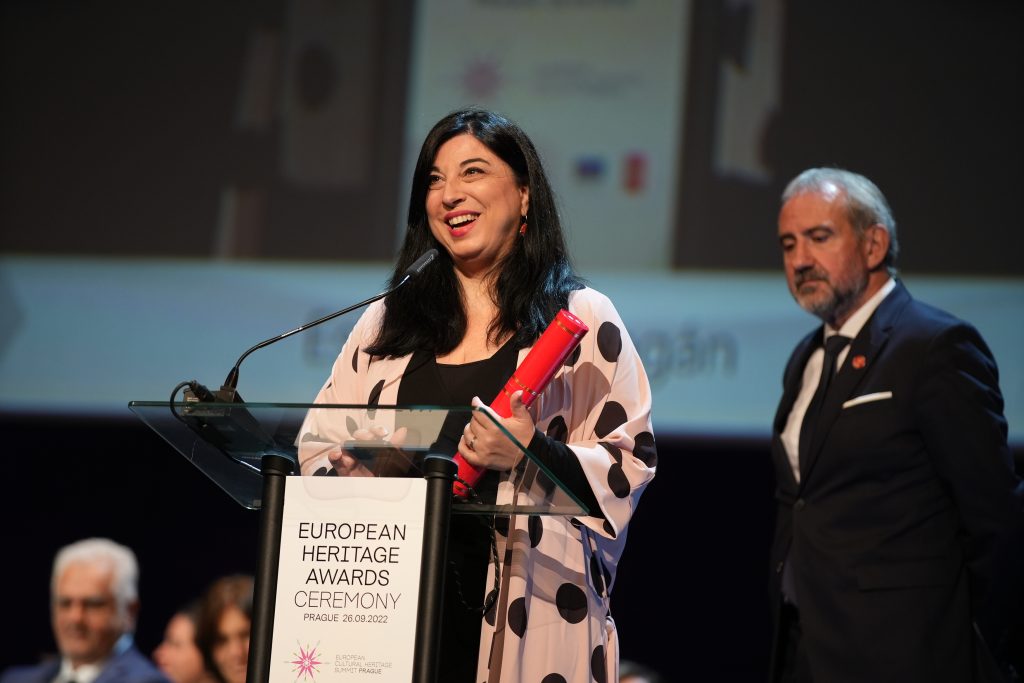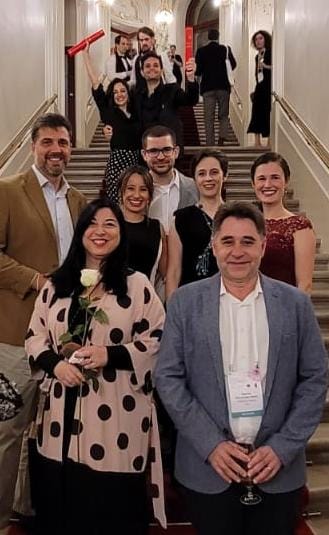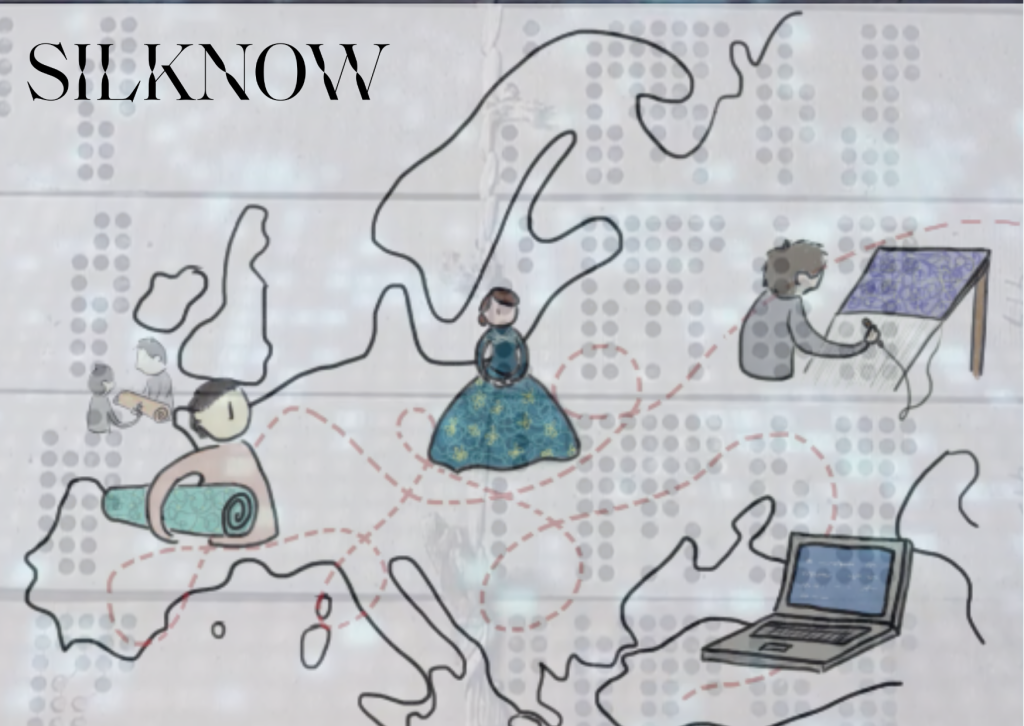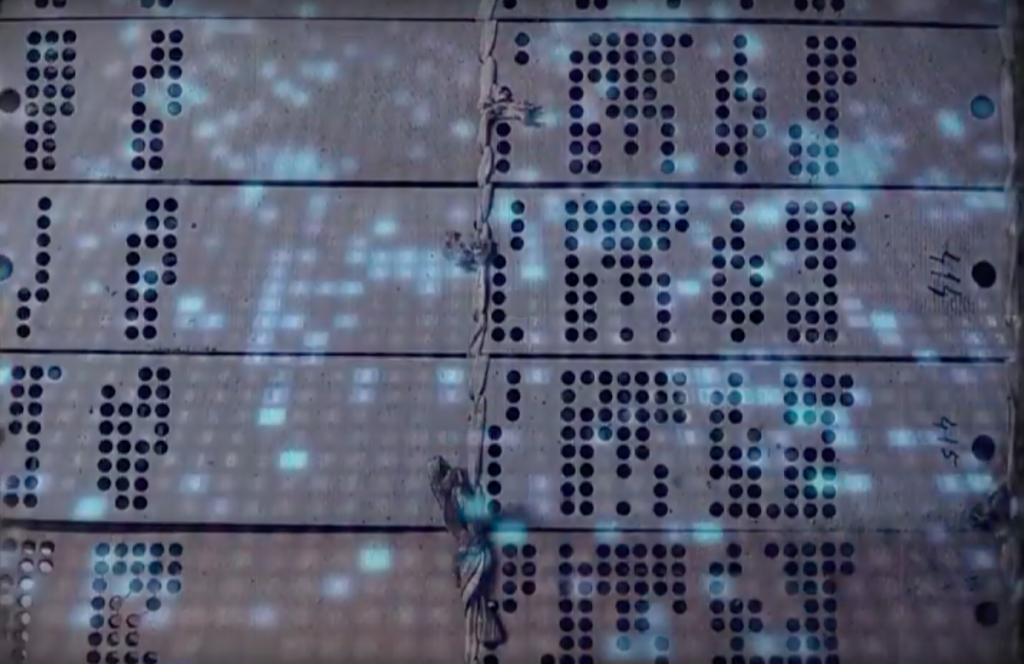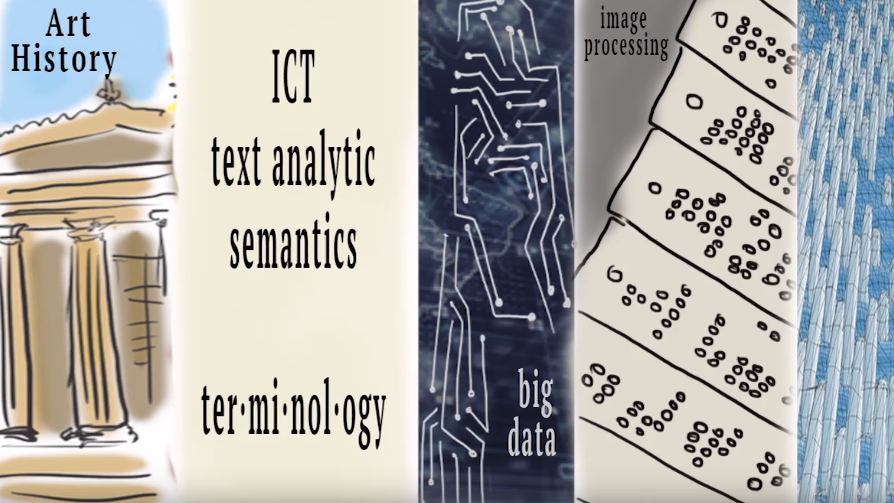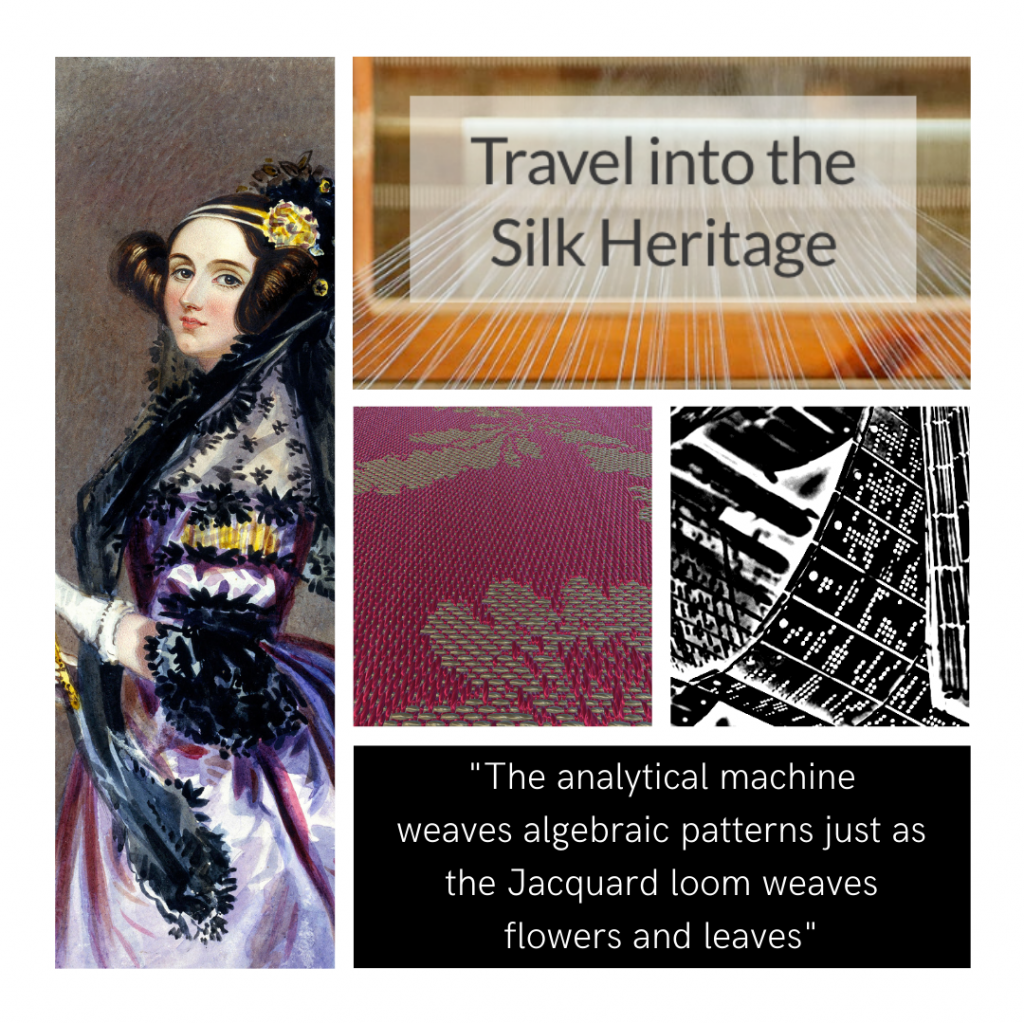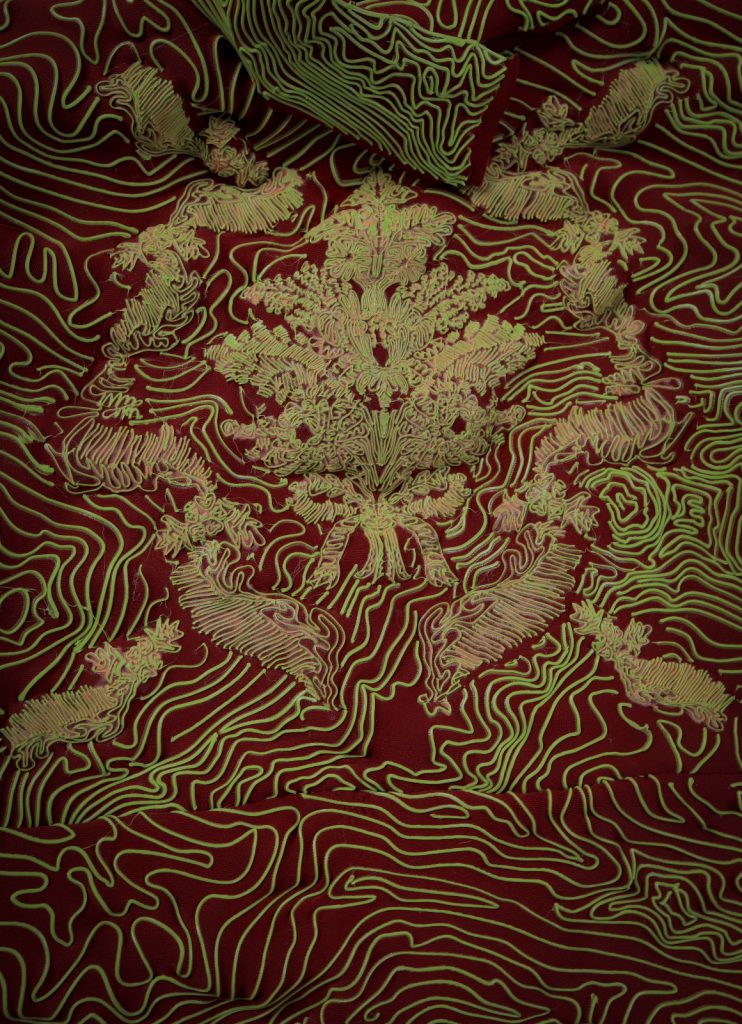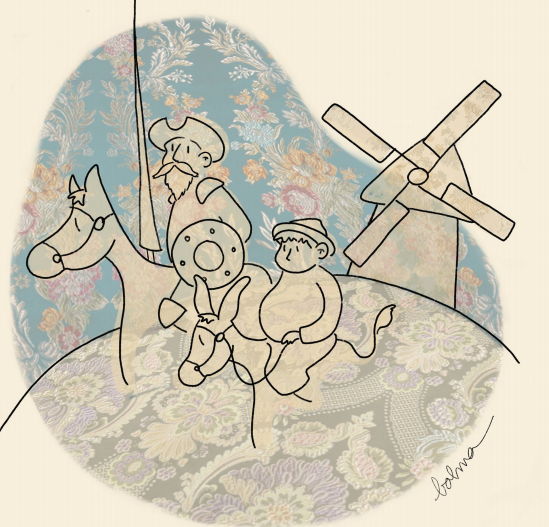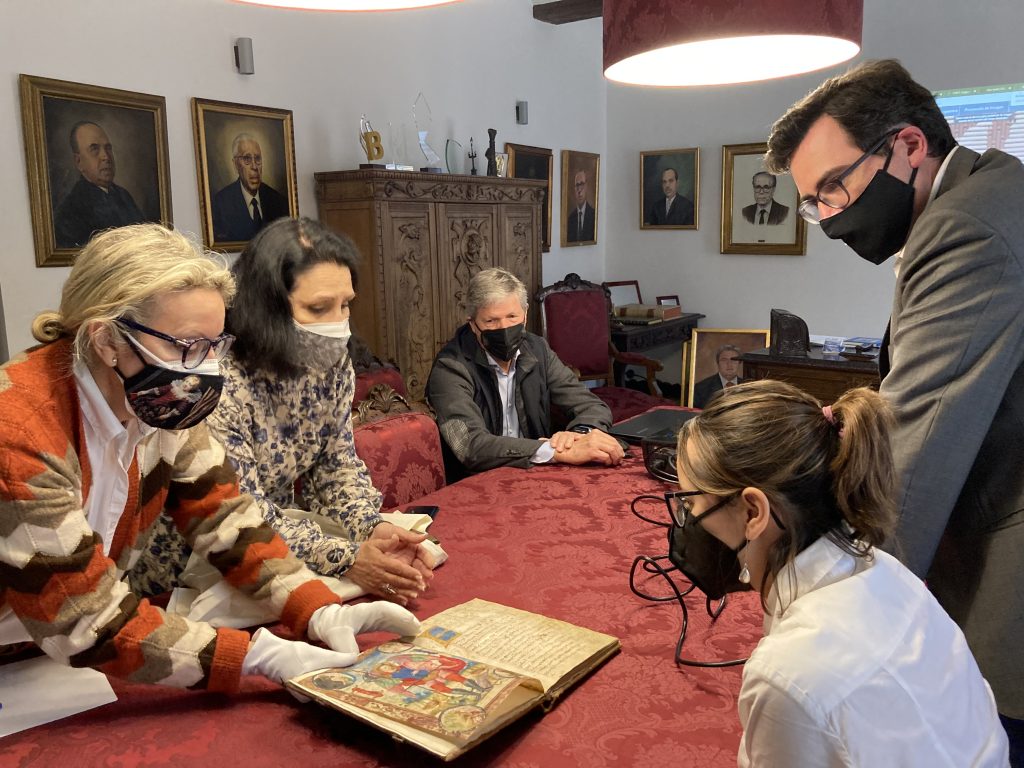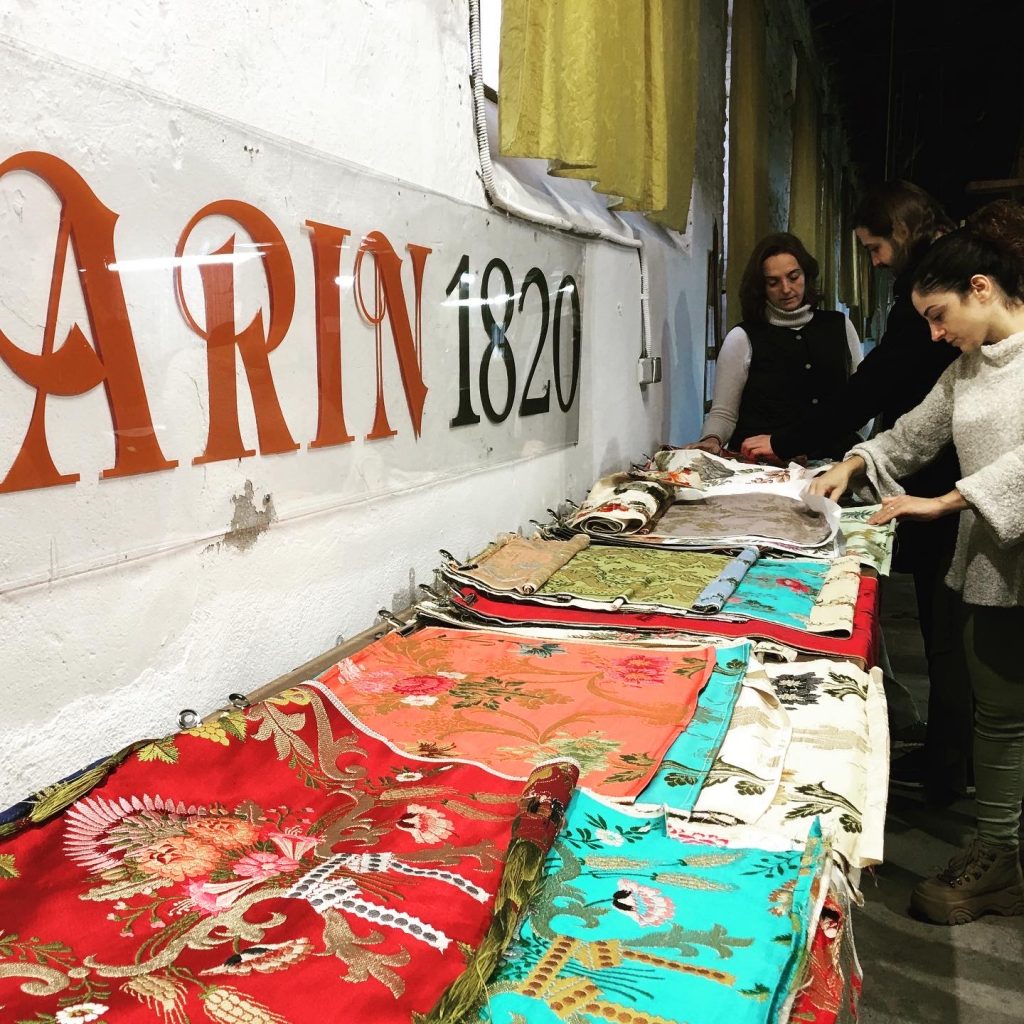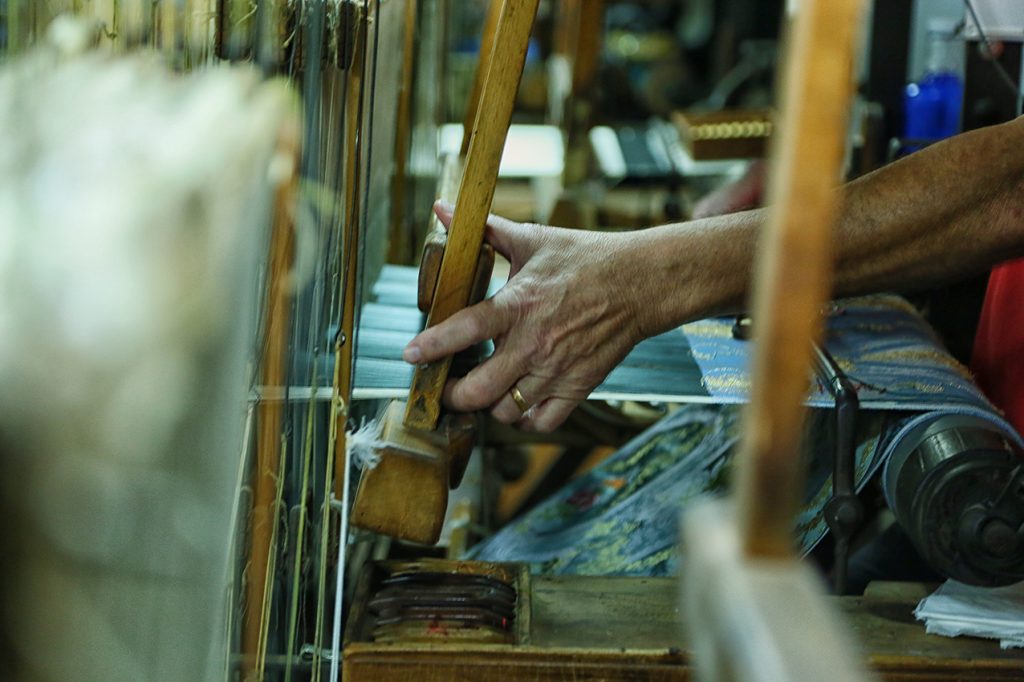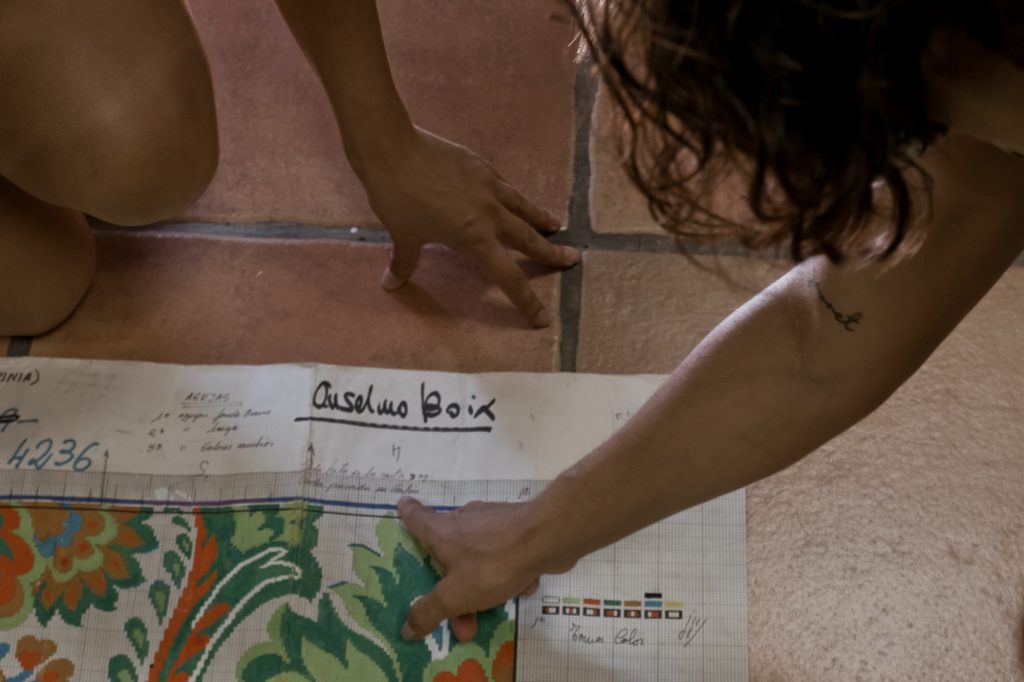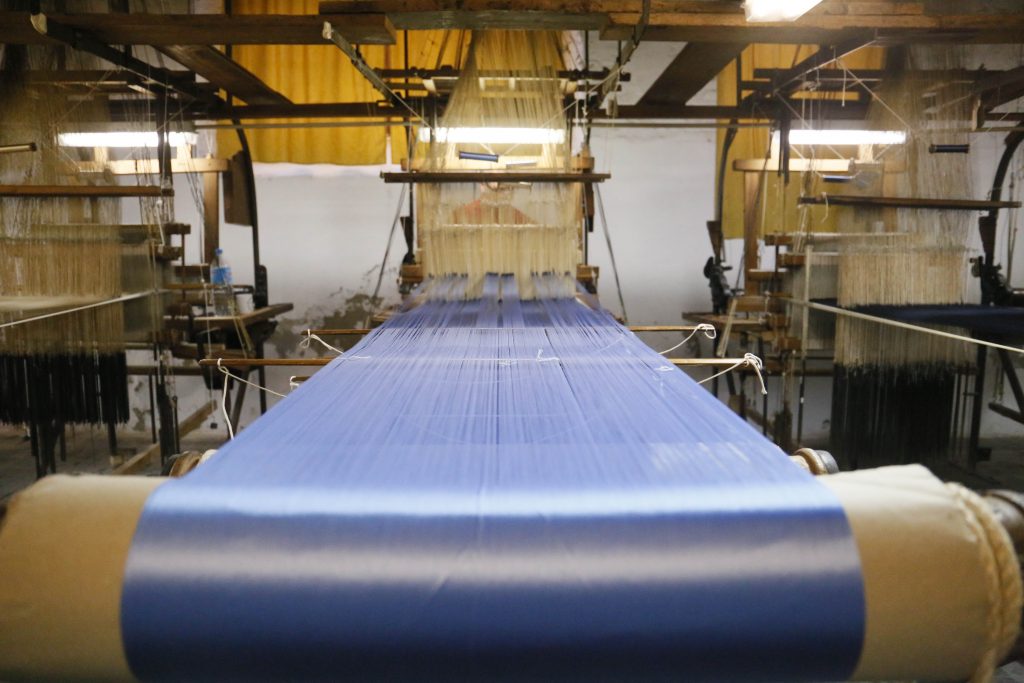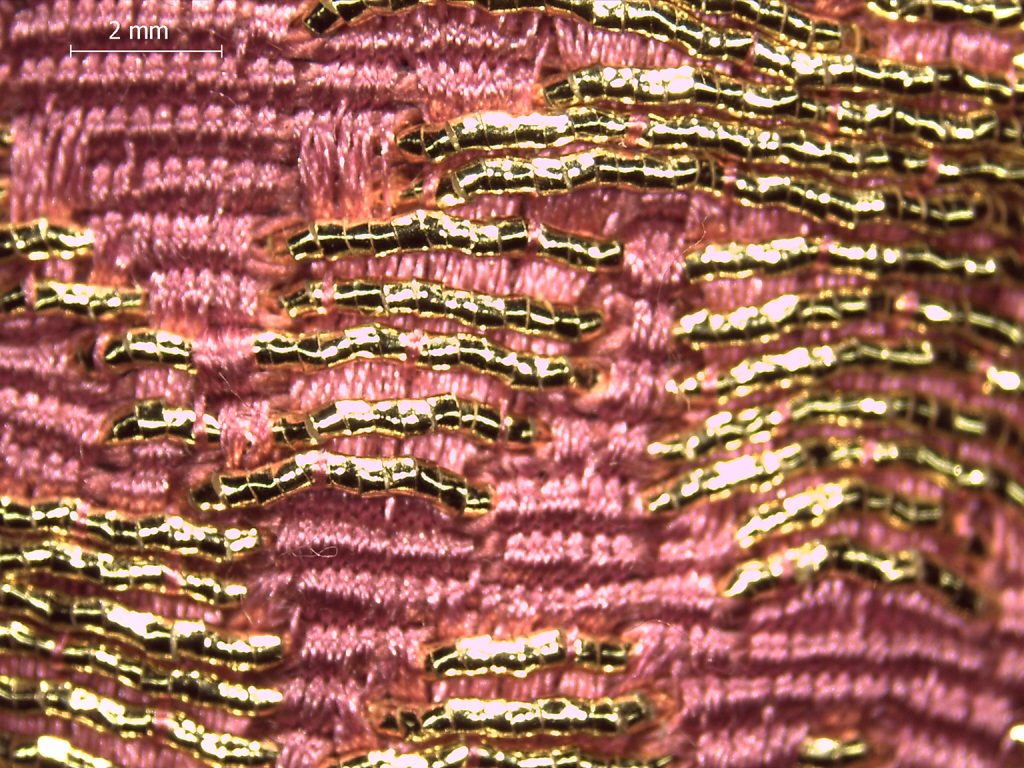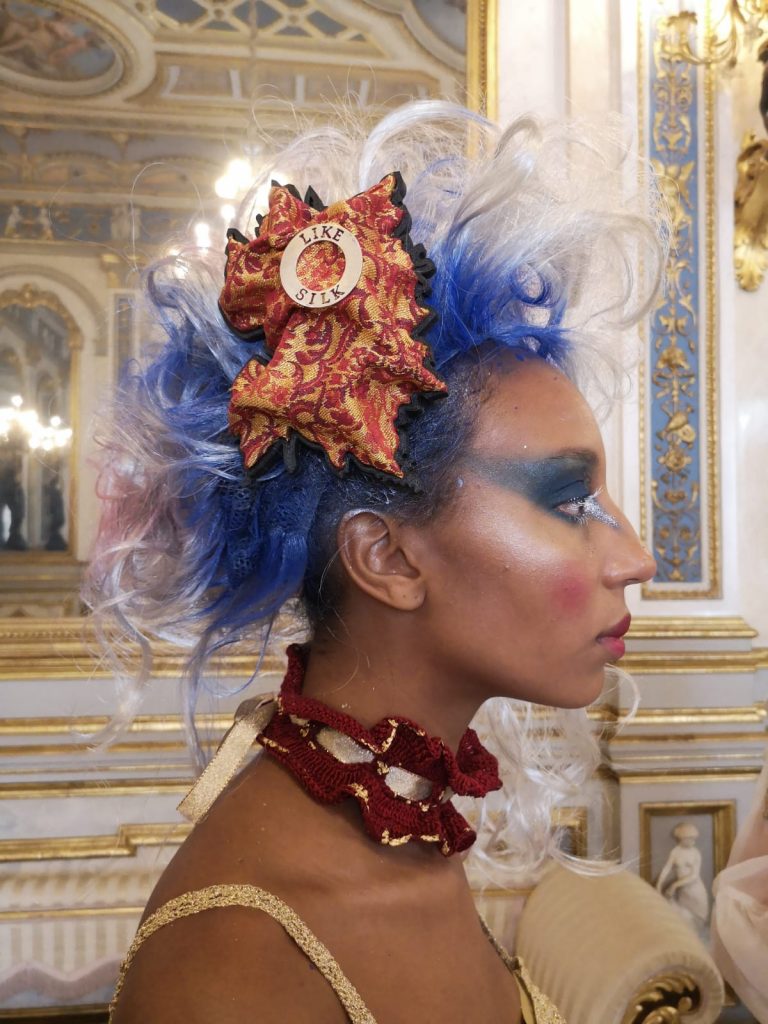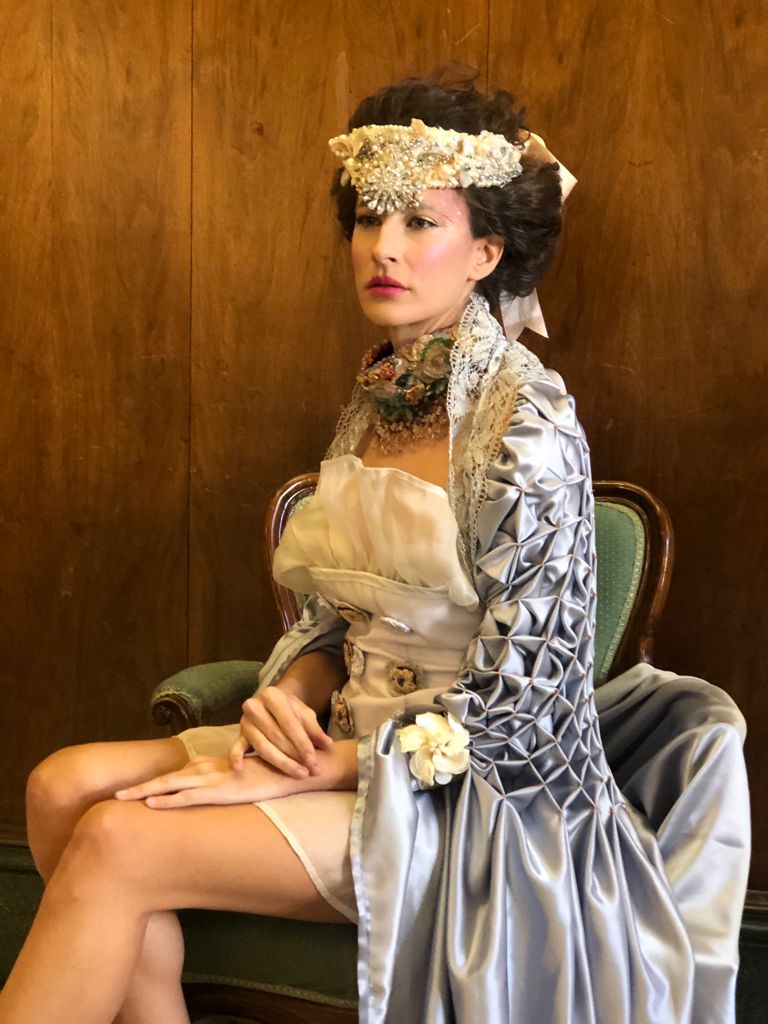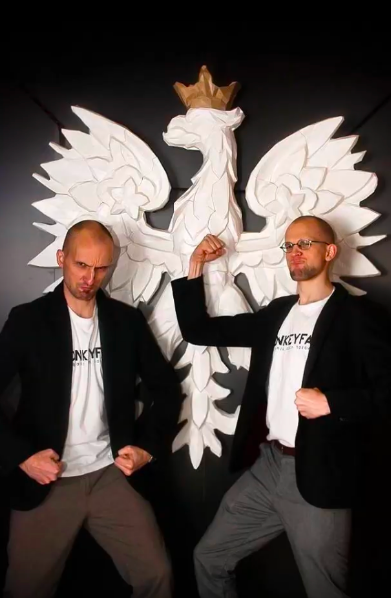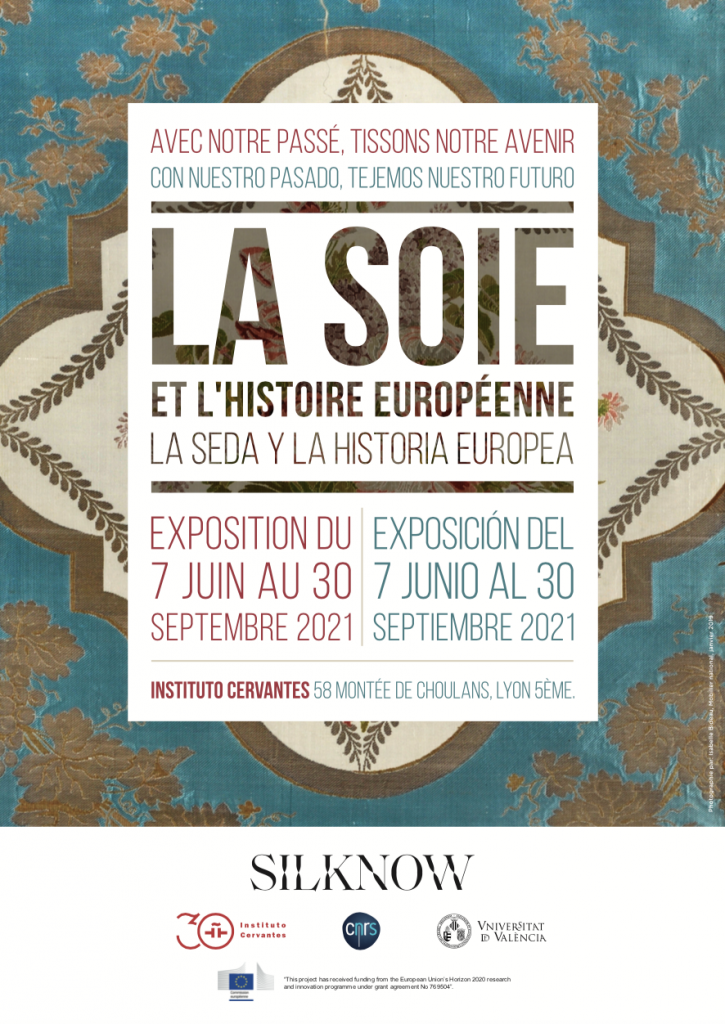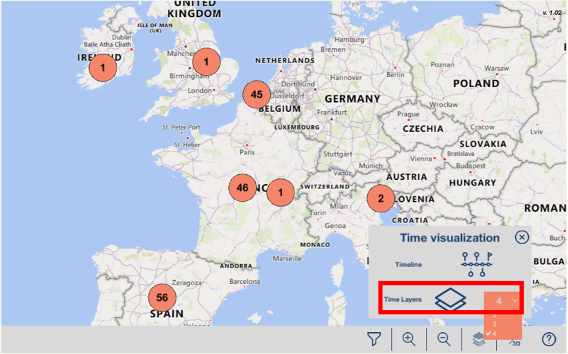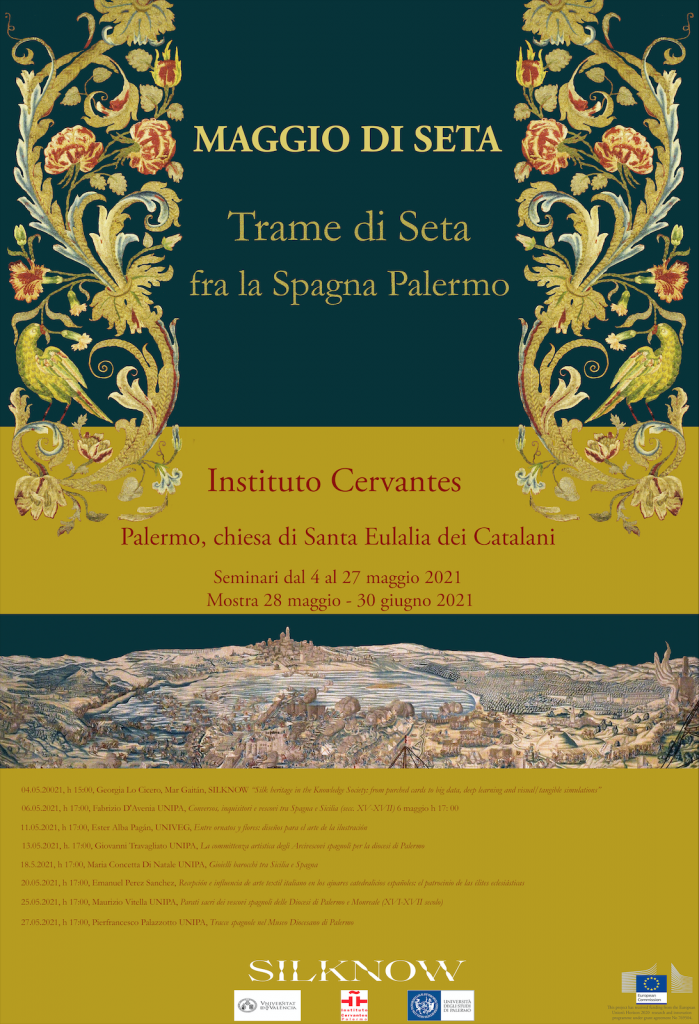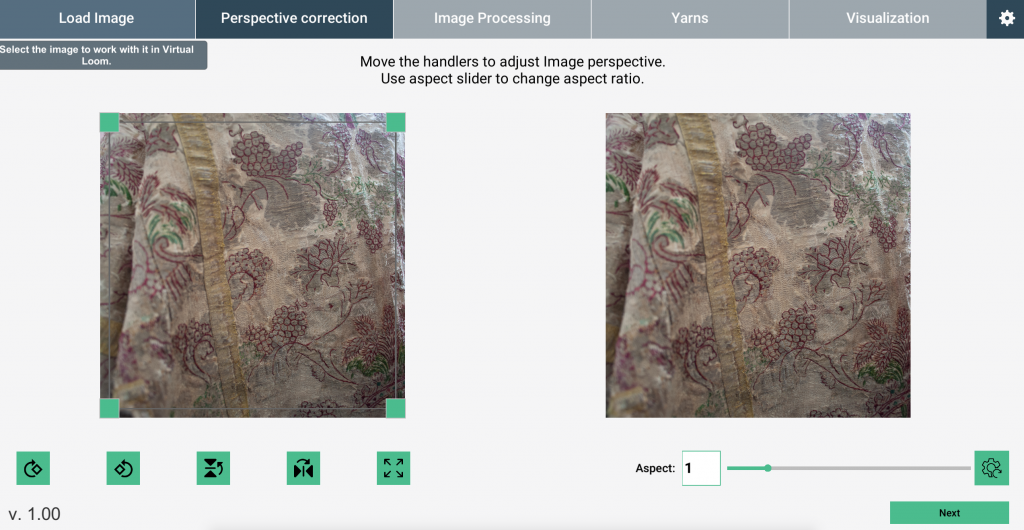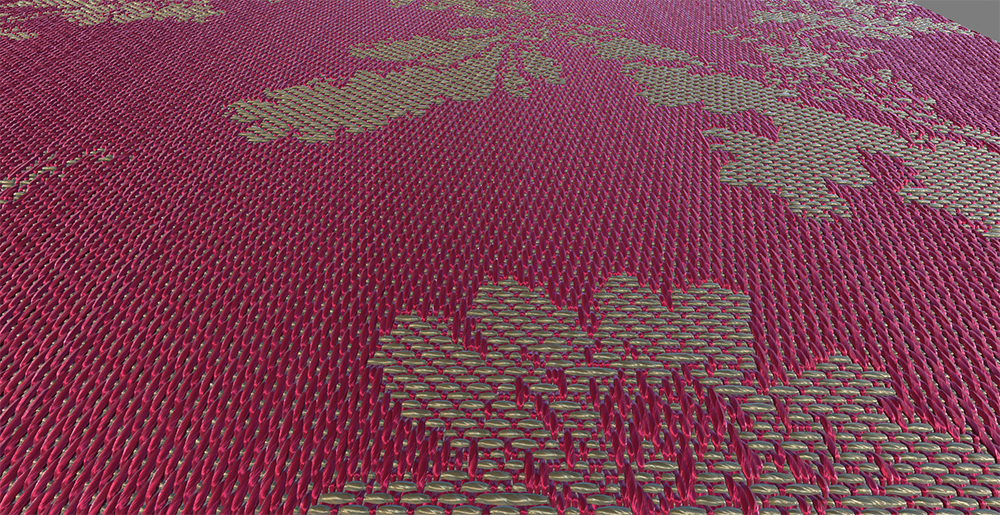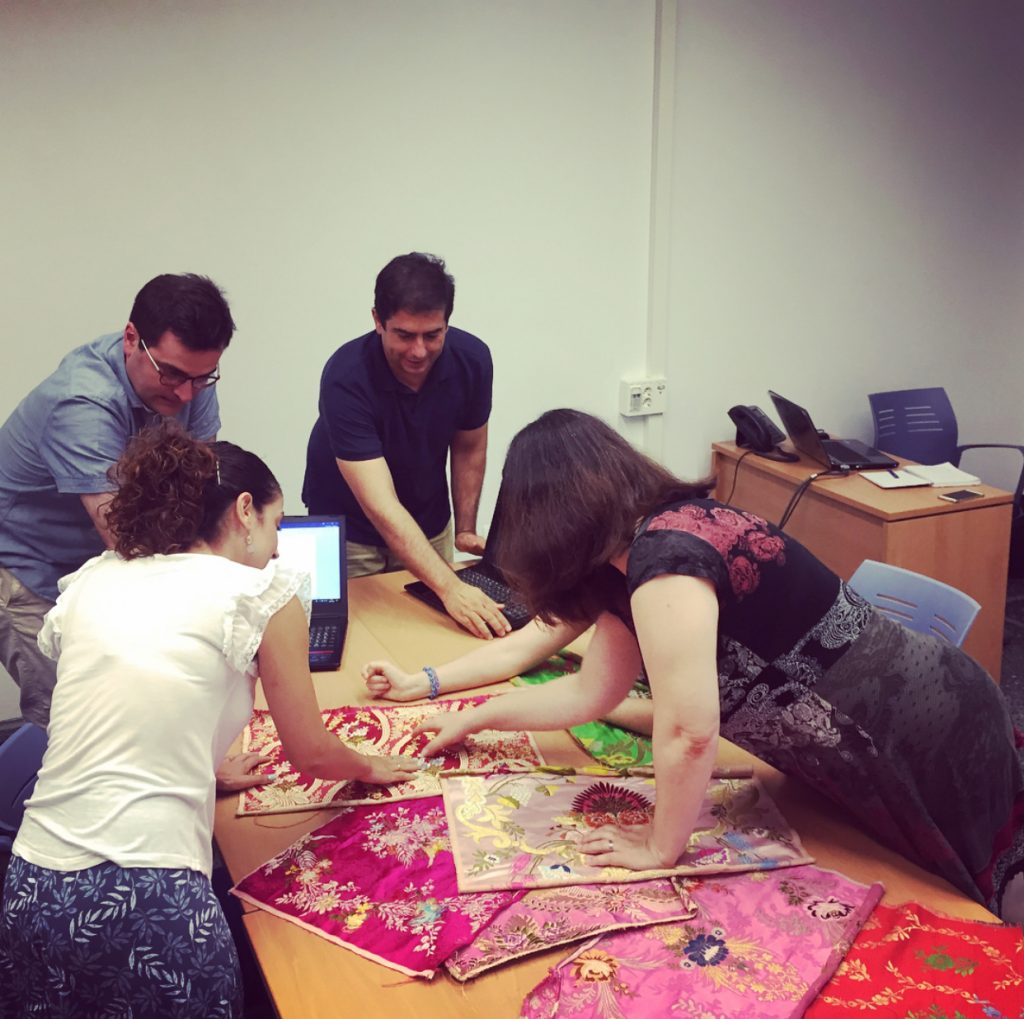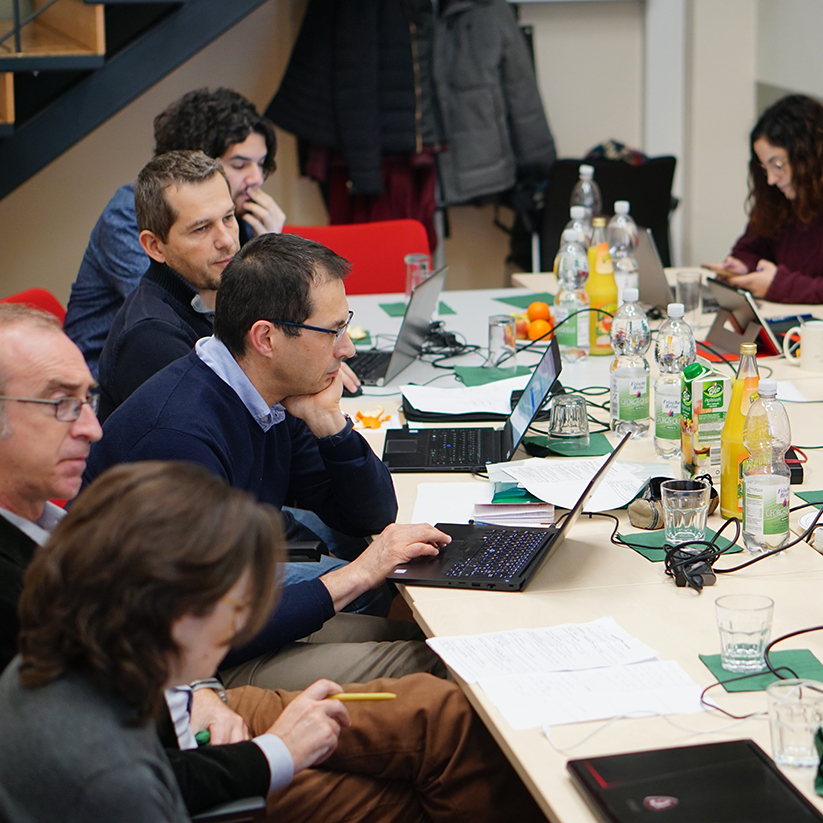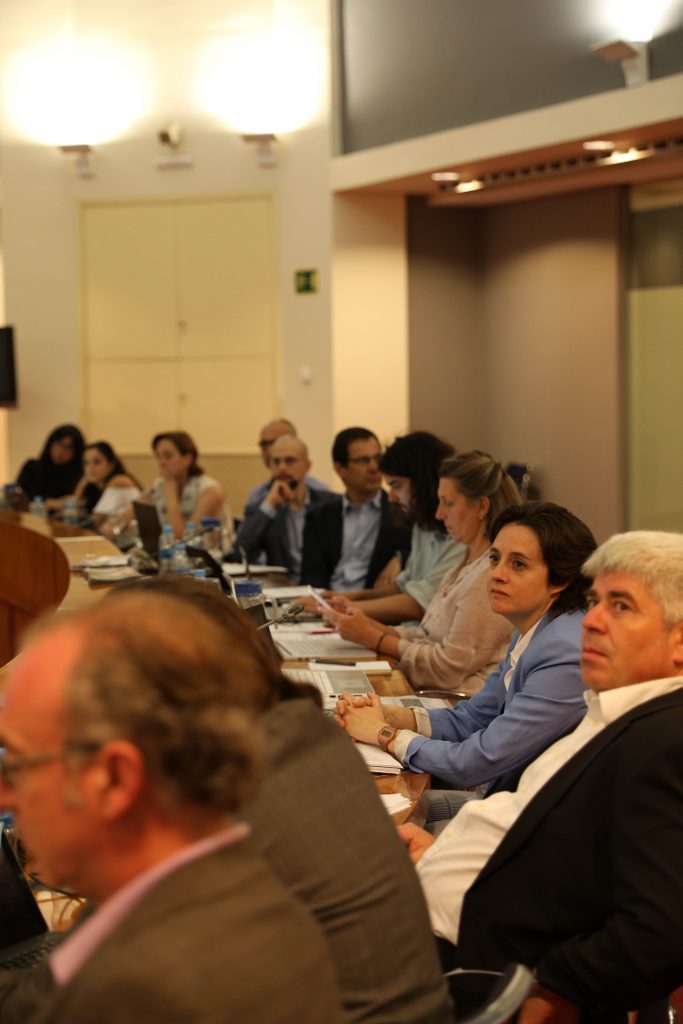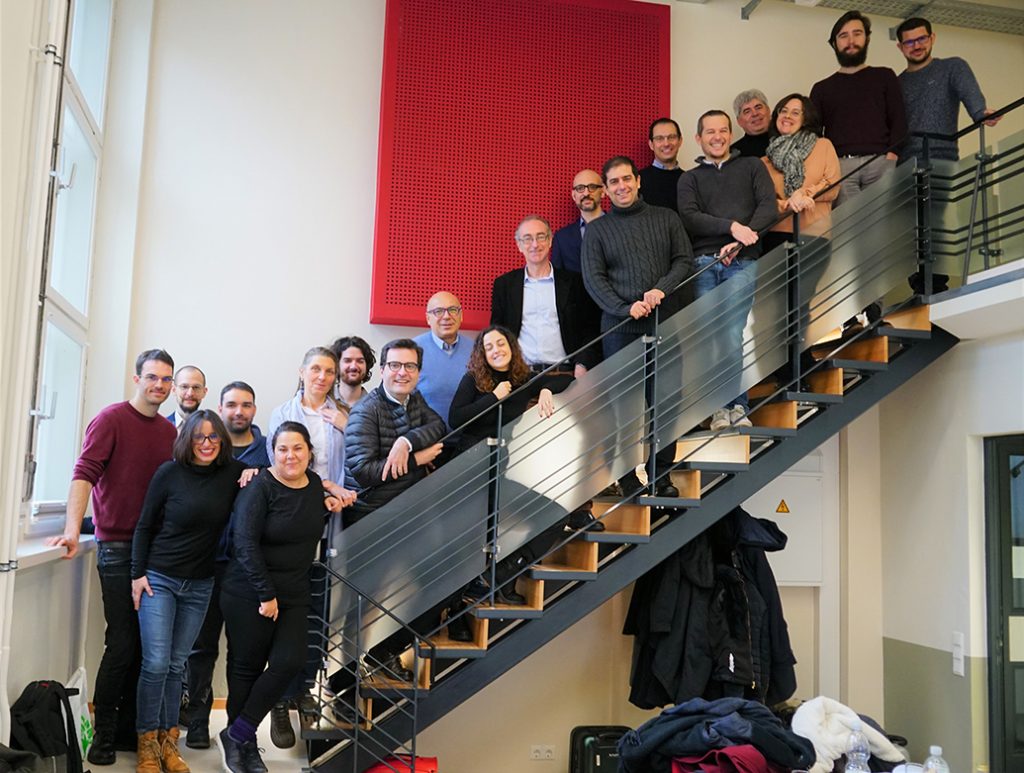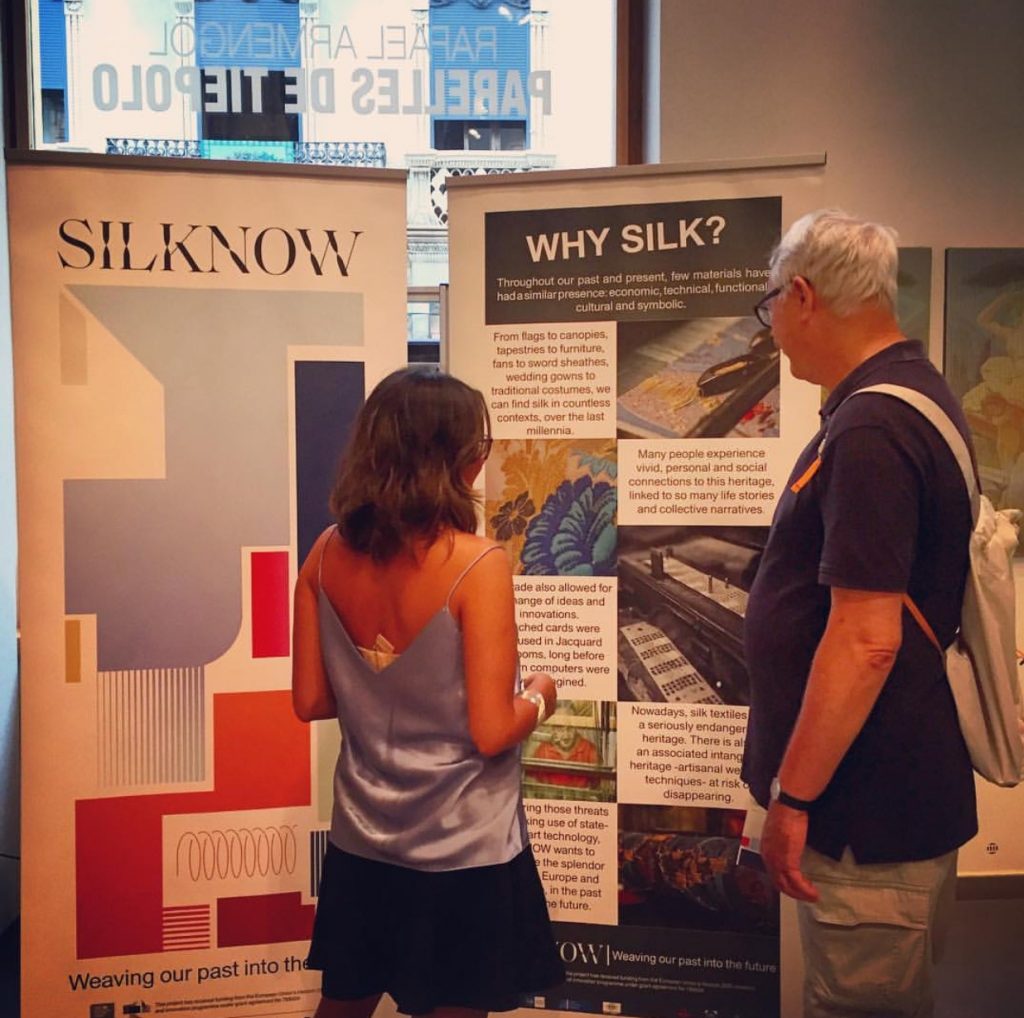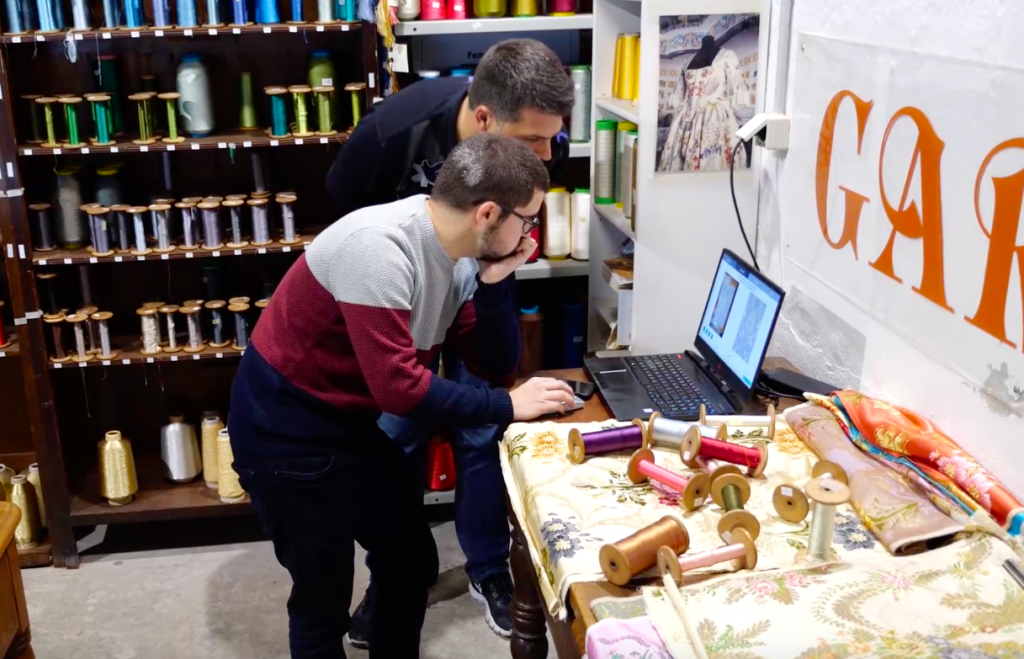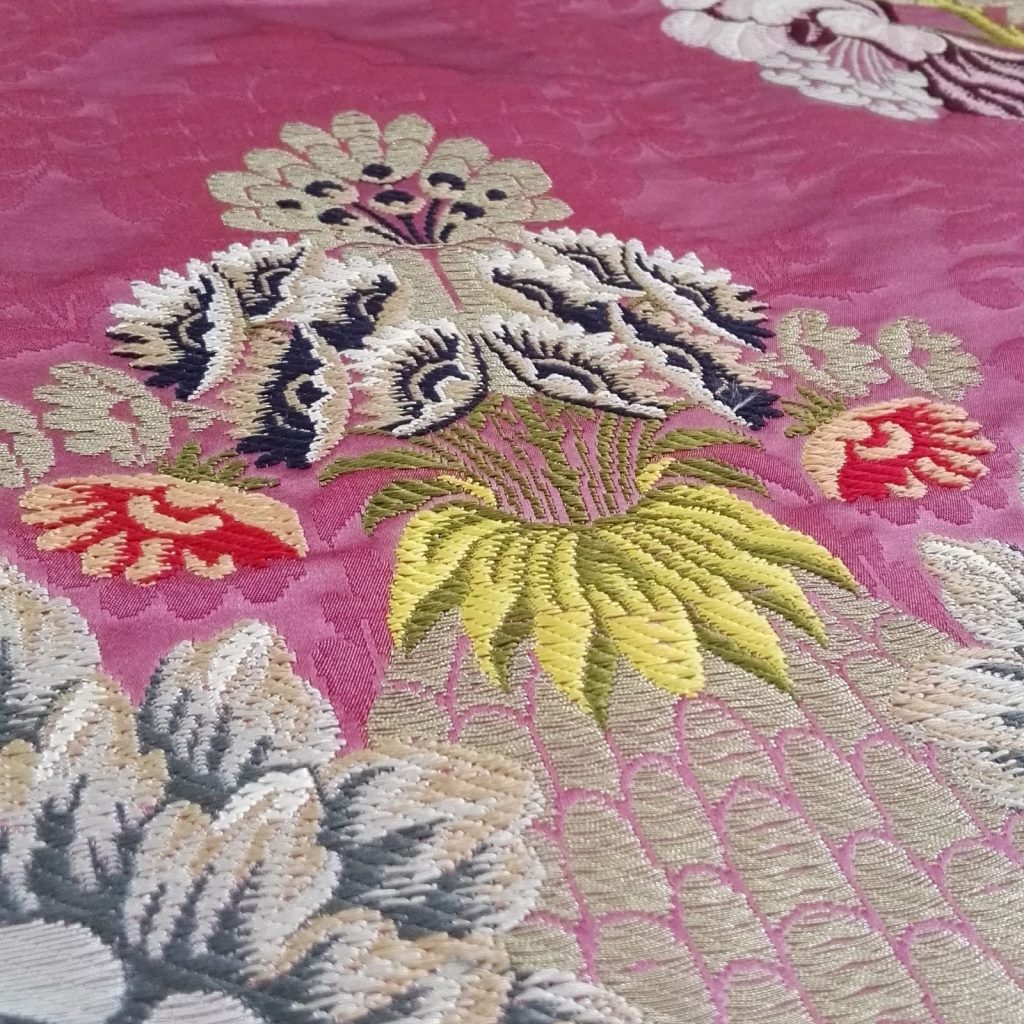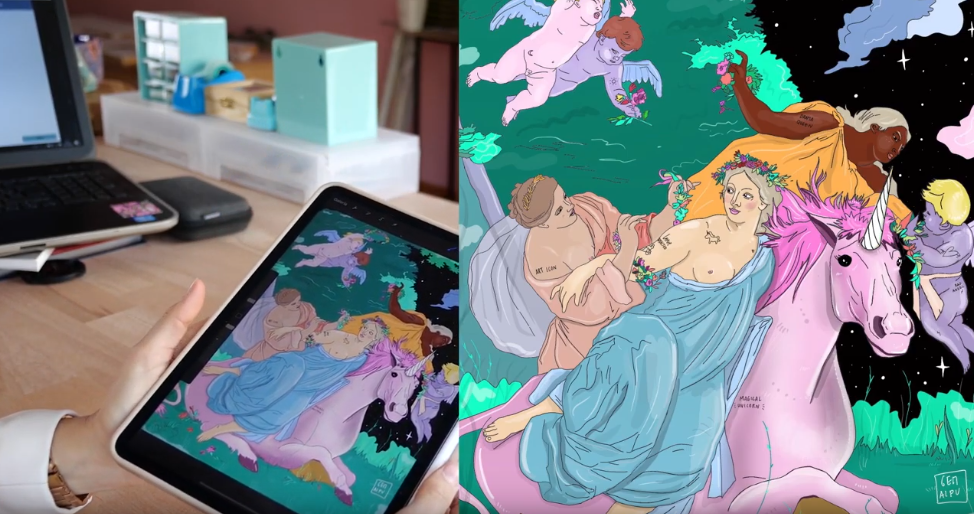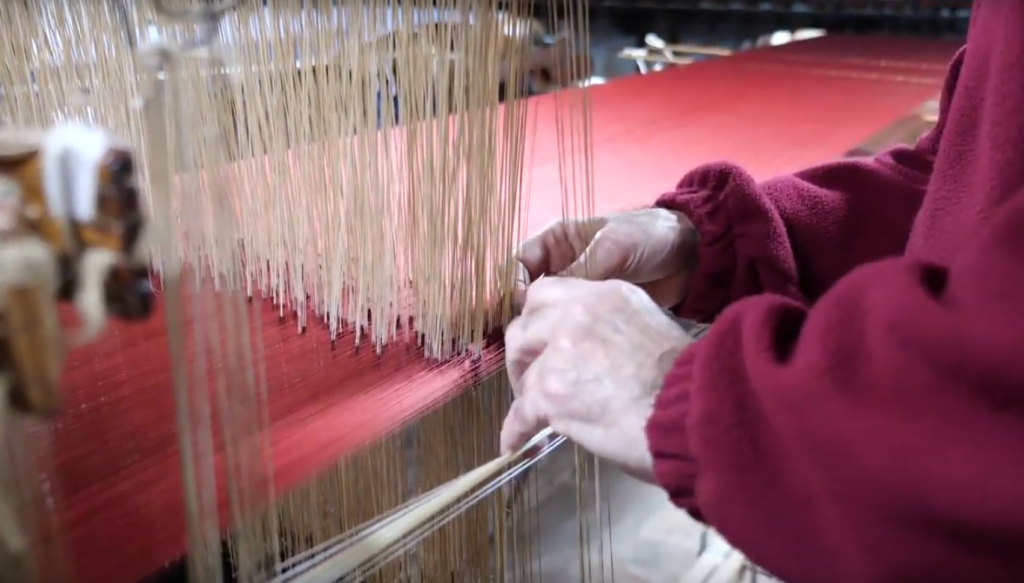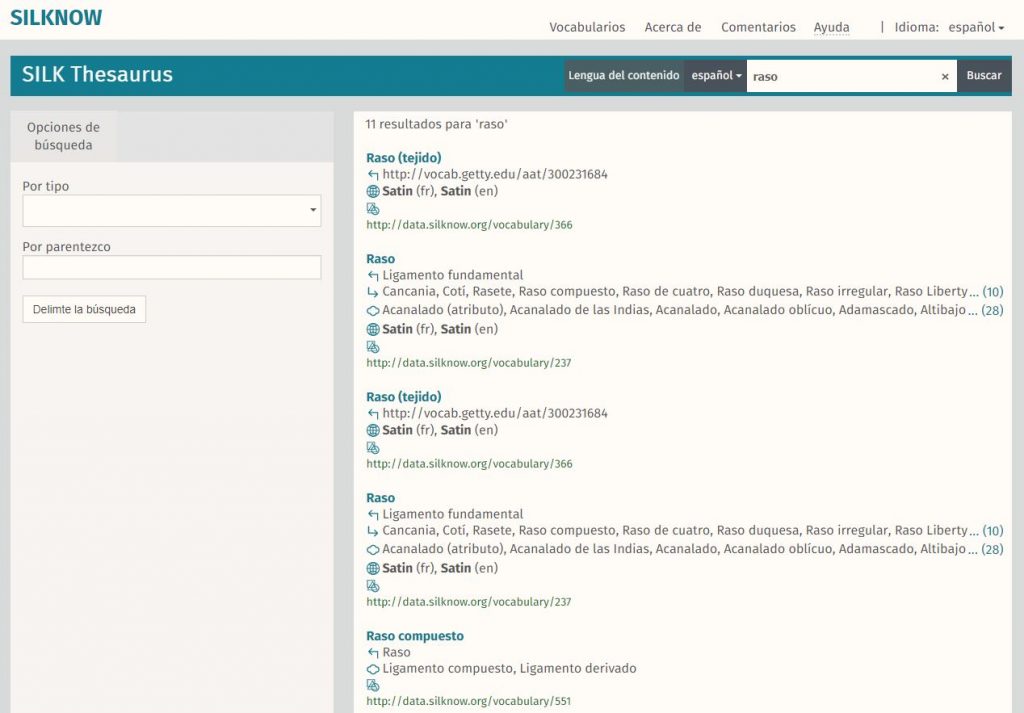On the 21st of December, SILKNOW will hold a ceremony to unveil the bronze plaque commemorating the European Heritage Award. It will take place in Valencia (Spain) at the beautiful cultural center La Nau and will be retransmitted by SILKNOW’s YouTube channel. To attend in person, inscription required by filling out this form.
SILKNOW will count on the presence of stakeholders related to cultural heritage and some local authorities and media press. Other award-winning projects and the silknow consortium will also be present. This will be an opportunity to continue weaving our past into the future.
The agenda will be:
| 10:00 – 11:30 | Project presentations Eva Kaptijn. Heritage Quest., the Netherlands Zachary Jones. Heritage Opportunities / threats within Mega-Events in Europe- HOMEE., Italy | Cyprus | Poland | United Kingdom Elisa Monsellato, Alessandro Monsellato. Swapmuseum, Italy Kasra Seirafi. Fluxguide. Inger Leemans. Odeuropa. Xavier Giner. SILKNOW and young designers. |
| 11:30 – 12:00 | Networking break |
| 12:00 – 13:00 | European Heritage Award Ceremony Inaugural speech. Dr. Carlos Hermenegildo Caudevilla, Vicechancellor of Universitat de València. Europa Nostra Speech. Bárbara Cordero Greeting speech from SILKNOW project. Dr. Cristina Portalés and Dr. Jorge Sebastián Doctoral Thesis Awards Group photo |
| 13:00 – 14:00 | Catering / Lunch |
| 14:00 – 15:30 | Marina Martínez: Talk on HE Cluster 2 and related calls |
| 15:30 – 16:30 | Guided visit to La Nau |
The past 26th of September, SILKNOW was laureated with the European Heritage Award/ Europa Nostra Award in the Research cateogry and with the Grand Prix award for Innovation in presence of the Mariya Gabriel, European Commissioner for Innovation, Research, Culture, Education and Youth, Hermann Parzinger, Executive President of Europa Nostra, and Ondřej Chrást, Deputy Minister of Culture of the Czech Republic, on behalf of Minister Martin Baxa. The ceremony assembled some 600 heritage professionals, volunteers, lovers and supporters from across Europe, including a large group of young people.
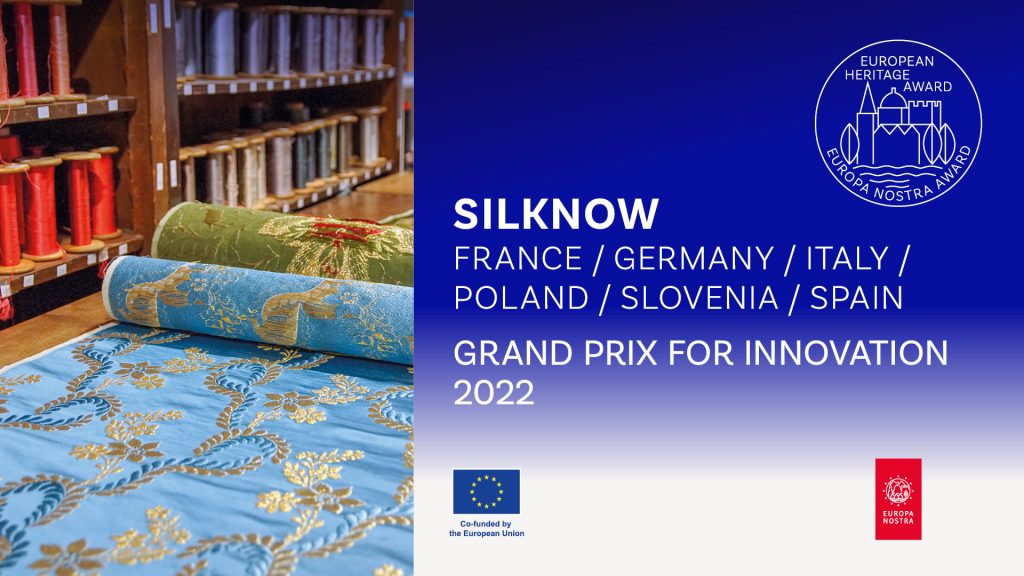
SILKNOW Partners:
Universitat de València, GARIN 1820 S.A. and the Instituto Cervantes, from Spain; Centre National de la Recherche Scientifique – Lyon 2 and EURECOM, from France; Universita Degli Studi di Palermo, from Italy; Institut Jozef Stefan, from Slovenia; Gottfried Wilhelm Leibniz Universitaet Hannover, from Germany and Monkeyfab, from Poland, have participated in SILKNOW.
SILKNOW Activities:
Conferences, exhibitions, fashion catwalks, training and capacity building programs, publications.


